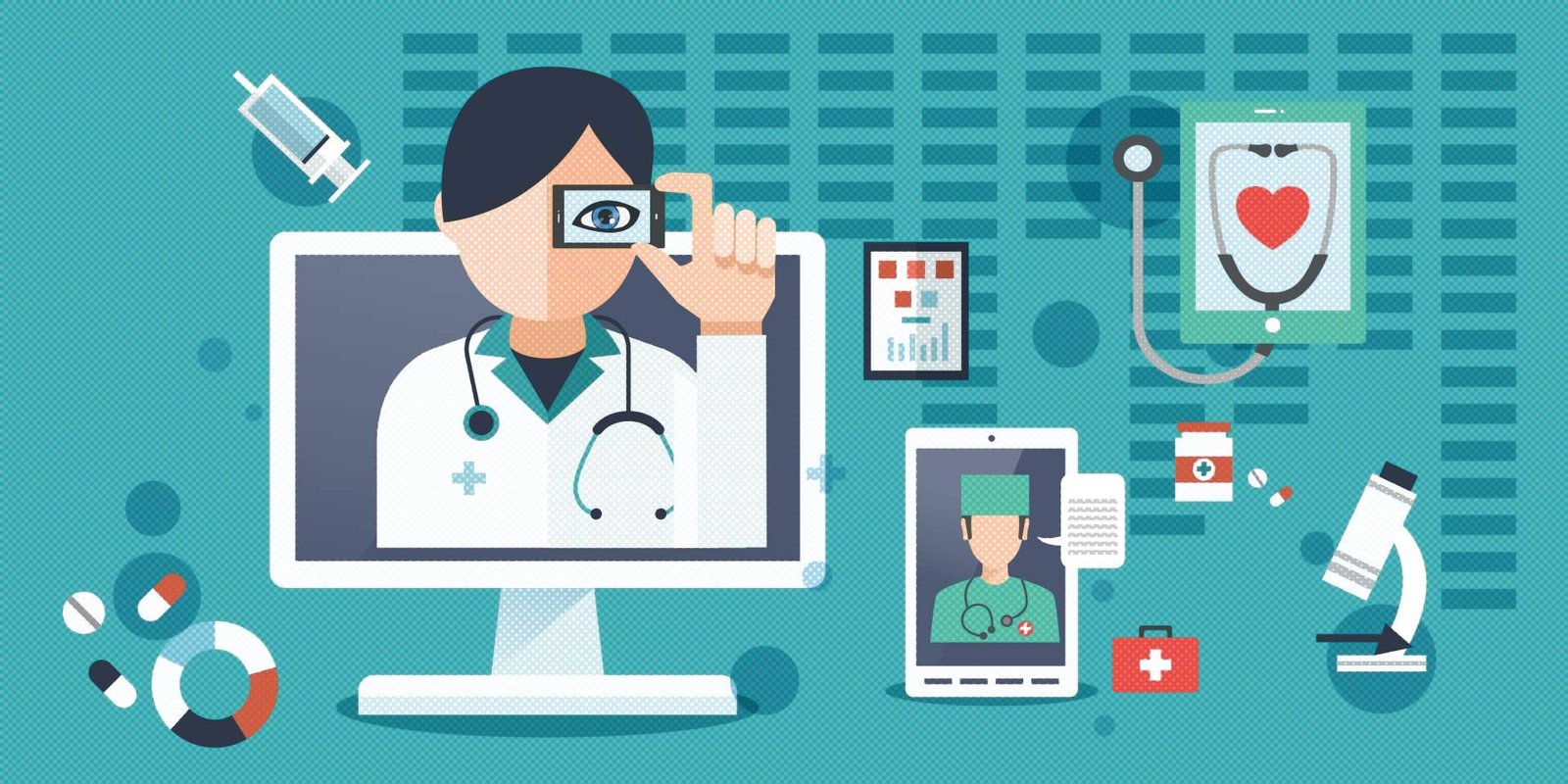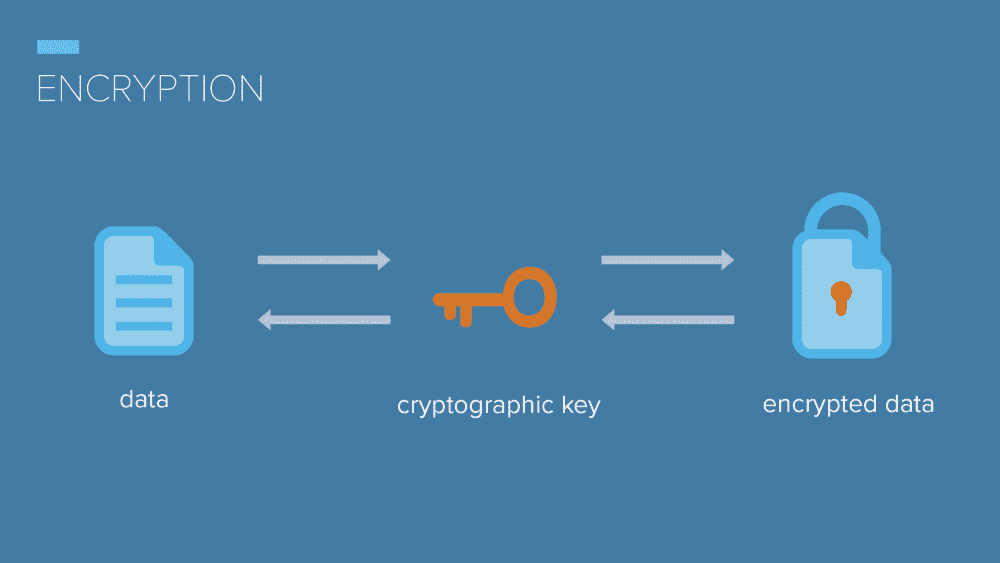Tech Trends in Revenue Cycle Management

In the ever-evolving healthcare topography, efficient revenue management has become crucial for providers and associations. Revenue Cycle Management (RCM) involves managing shares, processing expenses, and developing revenue within the healthcare sector. With quick technological progress, different tech trends are reshaping how RCM procedures, optimizing processes, improving efficiency, and securing financial sustainability for healthcare associations.
Automation in RCM
Automation in Revenue Cycle Management (RCM) utilizes cutting-edge technologies such as AI and RPA predictive analytics to simplify and optimize procedures like share processing and billing, earnings forecasting, sweetening efficiency, identity, and financial interpretation within healthcare institutions.
AI and Machine Learning in Claim Processing
Artificial Intelligence (AI) and Machine Learning algorithms are revolutionizing share processing by automating suit verification, coding, and compliance charges. These technologies allow healthcare providers to specify customs, anticipate restitution outcomes, and undervalue mistakes, revving the revenue cycle.

Robotic Process Automation (RPA) for Billing
Robotic Process Automation (RPA) facilitates billing techniques by automating duplicative assignments like invoice generation, revenue posting, and reconciliation. By destroying guide intervention, RPA decreases active costs, improves accuracy, and increases revenue realization.

Predictive Analytics for Revenue Forecasting
Predictive analytics powers historical data and statistical algorithms to signify revenue directions, determine potential bottlenecks, and optimize financial arrangements. Healthcare organizations can create data-driven decisions to enhance revenue generation and money flow by examining patient demographics, payer manners, and reimbursement practices.

Blockchain Technology in RCM
Blockchain Technology in Revenue Cycle Management (RCM) involves executing decentralized, protected, and evident archives systems to improve data guiltlessness, simplify transactions, and improve contract management within the healthcare revenue cycle. It provides compliance, facilitates fraud, and increases trust among stakeholders.
Secure and Transparent Transactions
Blockchain technology ensures secure and transparent transactions by creating an immutable ledger of financial interactions. By decentralizing data storage and operating cryptographic techniques, blockchain improves data integrity. It also facilitates fake and alleviates compliance risks within the revenue cycle.

Streamlining Contract Management
Smart arrangements powered by blockchain encourage automated agreement management, performance, and enforcement. By digitizing arrangements and automating revenue strategies, healthcare providers can simplify revenue cycle workflows, decrease administrative overhead, and improve contract compliance.

Enhancing Data Security and Integrity
Blockchain enhances data security and guiltlessness by supplying a tamper-evident and auditable narrative of commerce. By encrypting susceptible information and implementing permission pass controls, blockchain mitigates data violations, safeguards patient confidentiality, and secures regulatory obedience.

Telehealth and Virtual Care
Telehealth and Virtual Care revolutionize healthcare delivery by allowing outlying patient monitoring, virtual talks, and telemedicine services. Via innovative technologies and digital outlets, healthcare providers develop their distance, improve patient entrance to maintenance, and optimize revenue capture while securing comfort, efficiency, and grade in healthcare delivery.
Remote Patient Monitoring
Telehealth platforms allow distant patient monitoring, allowing healthcare providers to follow patient health metrics, provide personalized interventions, and control chronic situations outside traditional healthcare grounds. By incorporating telehealth solutions with RCM systems, providers can simplify repayment processes and improve revenue capture for virtual maintenance assistance.

Telemedicine Billing Solutions
Telemedicine billing solutions automate the billing and repayment procedures for virtual talks and telehealth services. By integrating with electronic health records (EHR) and procedure management systems, these solutions secure accurate coding, timely share submission, and maximize reimbursement for telemedicine meetings.

Integration with Electronic Health Records (EHR)
Integrating telehealth platforms and electronic health records (EHR) enables ideal data exchange, clinical documentation, and billing capture. By synchronizing patient knowledge across systems, providers can simplify revenue cycle workflows, decrease executive responsibility, and enhance maintenance coordination for virtual meetings.

Data Analytics and Business Intelligence
Data Analytics and Business Intelligence use cutting-edge analytics tools and procedures to analyze extensive healthcare data assemblages, drag actionable senses, and announce strategic decision-making techniques within revenue cycle administration. Healthcare organizations use data-driven strategies to optimize performance, recognize tendencies, and cause efficiency and economic sustainability.
Real-Time Insights for Decision Making
Data analytics and business intelligence tools give healthcare organizations real-time insights into earnings cycle arrangement, payer trends, and restitution customs. By exploring key performance arrows (KPIs) and financial metrics, providers can recognize revenue opportunities, optimize operating workflows, and mitigate revenue leakage threats.

Identifying Revenue Leakages
Advanced analytics algorithms allow healthcare organizations to recognize and manage revenue leakages caused by coding mistakes, appropriate disclaimers, and underpayments. Providers can optimize revenue capture, improve currency flow, and improve economic sustainability by performing root causality analysis and implementing corrective actions.

Optimizing Operational Efficiency
Business intelligence solutions optimize functioning efficiency by simplifying revenue cycle workflows, facilitating manual interventions, and destroying repetitious procedures. By leveraging data-driven acuities, providers can determine inefficiencies, automate common tasks, and assign aids more effectively to maximize revenue generation.

Cloud-Based Solutions
Cloud-based solutions involve leveraging secluded servers hosted on the Internet to hold, control, and access healthcare data and applications. By migrating infrastructure and assistance to the cloud, healthcare organizations achieve scalability, flexibility, and expense efficiency while improving accessibility, association, and security in revenue cycle management.
Scalability and Flexibility
Cloud-based RCM solutions deliver scalability and flexibility, authorizing healthcare organizations to adjust to changing business requirements and ranking operations ideally. By leveraging cloud infrastructure and Software-as-a-Service (SaaS) standards, providers can deploy RCM solutions rapidly, undervalue upfront assets, and achieve cost savings via pay-as-you-go pricing.

Cost Reduction and Resource Optimization
Cloud-based RCM solutions decrease the infrastructure, IT overhead, and maintenance expenses associated with standard on-premises systems. Healthcare organizations can shift resources toward core business training, innovation initiatives, and strategic growth possibilities by outsourcing infrastructure management to cloud service providers.

Accessibility and Collaboration
Cloud-based RCM solutions improve accessibility and collaboration by allowing remote access to critical revenue cycle data and applications. Providers can improve communication, collaboration, and decision-making strategies across specified units and secret locations by allocating stakeholders to knowledge anytime, anywhere.

Regulatory Compliance and Cybersecurity
Regulatory Obedience and Cybersecurity capitulate with lawful requirements and execute stages to guard healthcare data from cyber threats. They are concerned with guaranteeing adherence to laws like HIPAA, implementing encryption access controls, and implementing threat detection, which means safeguarding patient knowledge and maintaining the innocence and confidentiality of healthcare data.
HIPAA Compliance
Devotion to the Health Insurance Portability and Accountability Act (HIPAA) is essential in payment cycle management to safeguard stoic privacy and confidentiality. By executing strong data security standards, encryption protocols, and ticket controls, healthcare organizations can secure observance of HIPAA limitations and safeguard disclosed patient information.

Data Encryption and Privacy Measures
Data encryption and privacy measures protect susceptible patient information from unauthorized entrance, breaches, and cyber threats. Providers can mitigate security threats, maintain data integrity, and maintain patients by encrypting data at time-out and in transit. Trust in the confidentiality of their healthcare knowledge.

Cybersecurity Threat Detection and Prevention
Cybersecurity risk detection and avoidance devices detect and alleviate cyber dangers so as malware and ransomware. Phishing raids target earnings cycle data and systems by deploying intrusion detection systems, firewalls, and security patches. Healthcare organizations can proactively protect against cyber threats and minimize the effect of security happenings on earnings cycle operations.

Integration of Emerging Technologies
Integrating Emerging Technologies considerations containing advanced innovations, such as the Internet of Medical Things, wearable devices, and AI-powered explanations, into the healthcare gain cycle. By ideally integrating these technologies, healthcare organizations improve patient care and optimize workflows. They force efficiency and pave the route for transformative progress in revenue cycle management.
Internet of Medical Things
The Internet of Medical Things contains associated medical gadgets, sensors, and wearables that explore real-time wellness data for confidential checking and diagnostics. By integrating IoMT devices with RCM systems, providers can catch patient-generated health data, automate billing procedures, and improve care delivery for established disorder management and preventative maintenance.

Wearable Devices and Health Monitoring
Wearable devices and health monitoring technologies assign patients to follow their health metrics, lifestyle manners, and therapy keeping outside clinical settings. By blending wearable data with RCM platforms, providers can leverage actionable acuities to optimize care procedures. Improve patient products and increase revenue through remote monitoring services.

AI-Powered Revenue Cycle Optimization Platforms
AI-powered revenue cycle optimization platforms contact machine learning algorithms to automate revenue cycle workflows, anticipate repayment outcomes, and recognize revenue opportunities. These platforms allow providers to optimize coding exactness and reduce share vetoes. They accelerate revenue realization by studying extended healthcare data for improved economic performance.

Future Outlook and Growth Potential
Continuous technological advances, regulatory changes, and industry trends shape the future of revenue cycle control as healthcare organizations restart to assume digital transformation initiatives. They are adopting occurring technologies such as AI, blockchain, and telehealth. Cloud computing will be key in optimizing revenue cycle strategies, improving economic arrangements, and improving patient maintenance delivery.

Conclusion
In conclusion, the convergence of technology and healthcare tools innovation in revenue cycle management revolutionizes standard workflows. Optimizes financial arrangements for healthcare organizations. Providers can facilitate gain cycle operations by assuming tech movements such as mechanization, blockchain, telehealth, and data analytics. Improve operating efficiency and gain tolerable growth in an increasingly competitive healthcare landscape.
FAQs
What part does telehealth play in RCM?
Telehealth plays a crucial part in RCM by allowing remote patient monitoring, and virtual consultations. Telemedicine benefits, extending the entrance to maintenance, improving patient engagement, and improving revenue capture for healthcare providers.
Are there any threats associated with RCM adopting blockchain?
While blockchain presents improved security and transparency for revenue cycle management, there are threats, such as regulatory adherence challenges, interoperability problems, and performance complexities, that healthcare organizations must assume before adopting blockchain technology.
How can small healthcare practices benefit from cloud-based RCM solutions?
Small healthcare practices can benefit from cloud-based RCM solutions by reducing infrastructure Costs. Improving scalability and flexibility, and enhancing accessibility and collaboration. It enables them to compete more effectively in the evolving healthcare market.
What are the key considerations for securing cybersecurity in RCM?
Key references for ensuring cybersecurity in RCM include HIPAA adherence, data encryption, entrance controls, and cybersecurity threat detection. Prevention mechanisms to protect patient information, mitigate protection threats, and maintain faith in the confidentiality of healthcare data.








